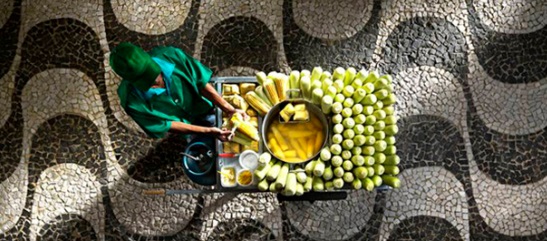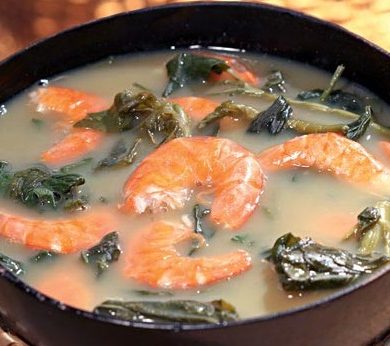Brazilian gastronomy is a mix of various influences; local products and those imported by European settlers.
Portuguese settlers on their arrival in Brazil influenced the cuisine by adapting their own dishes using indigenous ingredients. From this time, the Brazilian culinary art bears a deep mark. Among the emblematic dishes of Brazil, Feijoada is a perfect illustration of the European influence, a relic of colonization. The other most popular ingredients coming from Europe are: bread, a must-have for breakfast and Lanche (snacks), rice which is on all tables for lunch, meat (beef, chicken, pork and lamb) and the fruits or vegetables that are usually found on European tables.

Feijoada, the national dish of Brazil
Feijoada is an iconic dish of Brazil. Consumed throughout the country by all, despite social class, Feijoada is the national dish. However, even when it comes to Feijoada, the European influence is clear. Its name comes from the word “Feijao” which means beans in Portuguese and describes a dish adapted from the Portuguese variant of cassoulet, but made with local ingredients. Beans are a staple of Brazilian cuisine, as are rice and cassava flour, served alongside all meals.
Different recipes of Feijoada are found depending on the regions. The best known is certainly that of São Paulo, composed of a thick puree of black beans embellished with pork, and accompanied by sliced cabbage leaves, cassava flour and sliced oranges.

Street food in Brazil, a typical European custom
Street cooking is a Brazilian particularity. The sidewalks of the big cities are full of street vendors who offer donuts, fries, sandwiches and all kinds of food. Many of these recipes come from western culinary traditions such as burgers, hot dogs and empanadas, small quiches with meat and vegetables are very popular throughout Brazil.
This on the go cuisine is particularly popular with Brazilians for its cheap and spontaneous character. This practice was actually born in Europe and more precisely among the Romans who shared the use of stoves at a time when houses did not have individual kitchens to prepare meals.
This practice born of European influence, today typical of working-class neighbourhoods all over the country, is actually also linked to the abolition of slavery in Brazil. After abolition, poverty struck the black population in the form of work shortages and lack of decent wages. Often unemployed women started to sell food on the streets according to this historical business model to make a living.

Caipirinha, a Portuguese name for a Brazilian cocktail
Alcohol and alcoholic beverages were brought by Portuguese settlers. They most often take their name from the language of the settlers. This is the case of Caipirinha, literally “rustic” in Portuguese, a Brazilian cocktail of cachaça and liquor of Vesou (sugar cane juice), to which cane sugar and lime are added.




